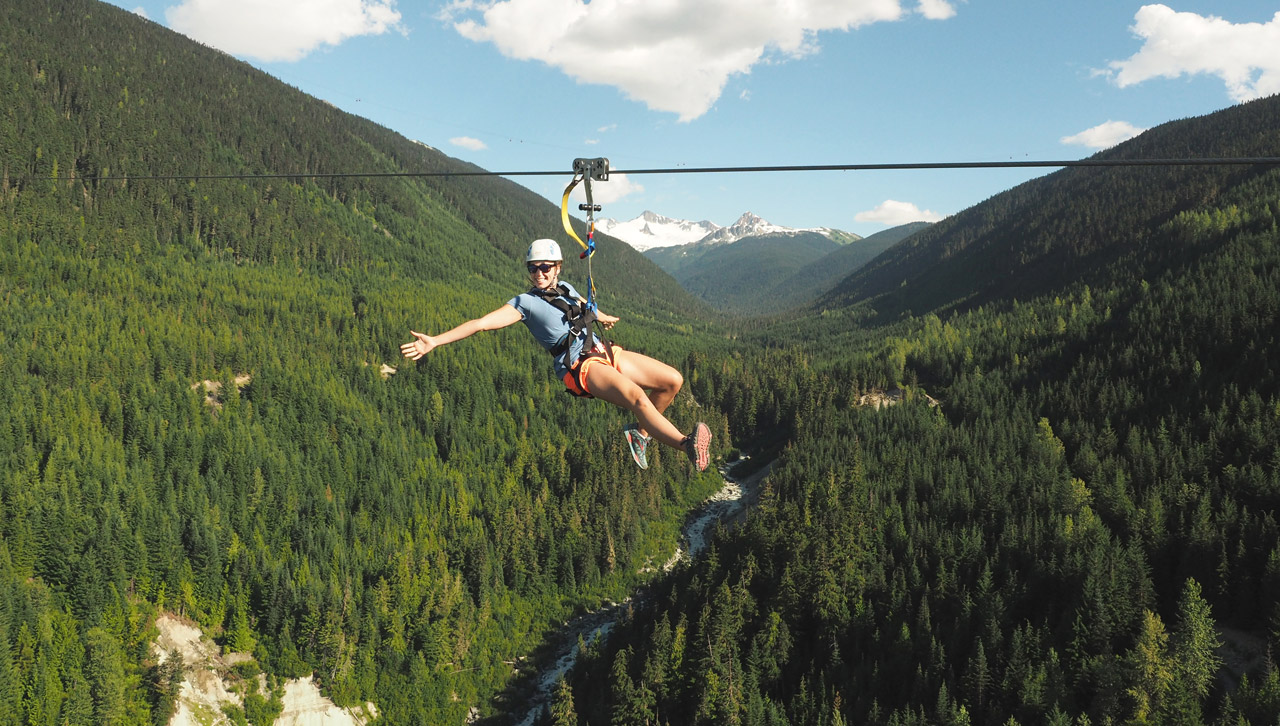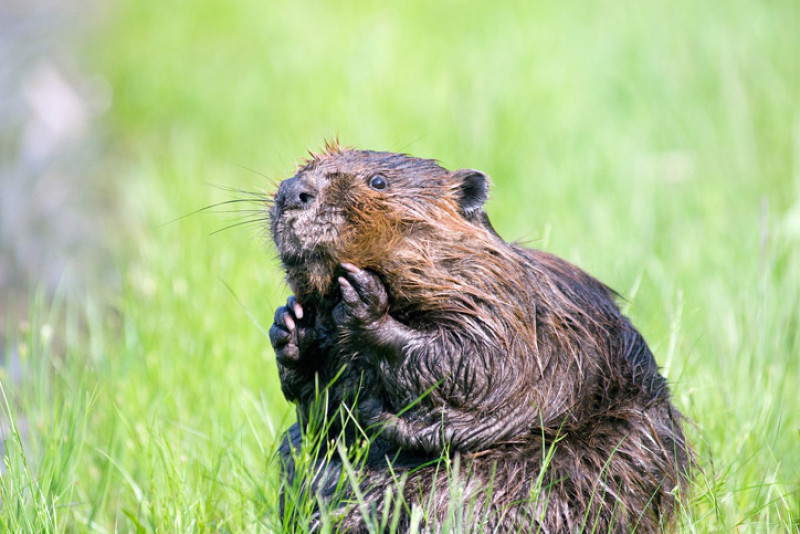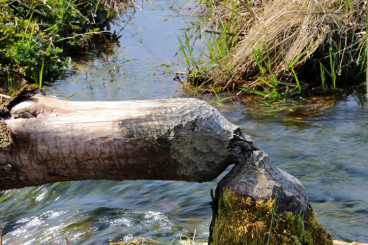 Call Toll Free: 1.866.935.0001
Call Toll Free: 1.866.935.0001
 Call Toll Free: 1.866.935.0001
Call Toll Free: 1.866.935.0001


The beaver is an adorable bucked-tooth semiaquatic rodent and Canada’s national animal. They’re the face of our nickel (5 cent coin) for their huge role in our fur trade heritage. But that’s not even the most interesting thing about them.
The beaver is a keystone species, which means that they’re an integral part of the ecosystem and if removed it would be drastically altered. Beavers are responsible for shaping one of Canada’s most essential environments- the wetland. In Whistler we have the Mountain Beaver, a relative of the North American Beaver found only in the Coast Mountains and south of the Fraser River.
They make their dams by taking down trees with their incisors (teeth) and using the branches as material to build with. Their incisors can grow up to 4ft per year, gnawing on the wood is also an act of maintenance. Either a young male will build a dam when looking for a mate or a newly mated pair will build one together in preparation for their family. The family will continue to construct with branches, mud and rock in the created pond and build a small island to protect them from predators. The dams help them stay warm in the winter, prevent ice in the lake and provide a storage place for food to get them through the colder months.

Perhaps the beavers most recognizable feature is their flat, scaled tail which has several uses and can grow up to 15 inches long and 6 inches wide. In the water the tail is used as a rudder and as a warning system (making noise by slapping the water) for predators. On land it can act as a counterweight when the beaver is carrying a heavy load and a prop to help them sit up. Their waterproof fur, webbed feet and closable nostrils and ears also allows them to go between land and water with ease. They even have an inner lip behind their incisors that allows them to carry sticks in their mouth without choking down water. When in the water they can hold their breath for up to 20 minutes. That's more than double the breath hold time of a common dolphin.
These cute herbivores use their strong teeth and dexterous front paws to dine on deciduous trees, inner bark, twigs, shrubs, and other plants and grasses. The can get up to 45 - 60 pounds which is nothing compared to their ancestors. The Ice Age beavers, “Castoroides” were up to 8 feet long and 200 pounds! They would rival the size of black bears today.
While the North American beaver itself is not currently endangered here, their wetland management makes them indispensable to about 50% of our threatened and endangered species. So apart from their role in Canada's history we think they've more than earned their spot as our national animal!
We use tools such as cookies and similar technologies to track, analyze, and personalize your experience and ads, and share data with our partners. To find out more about the cookies we use, see our Privacy Policy. Change your preferences anytime using the Manage Cookies link at the bottom of the page.